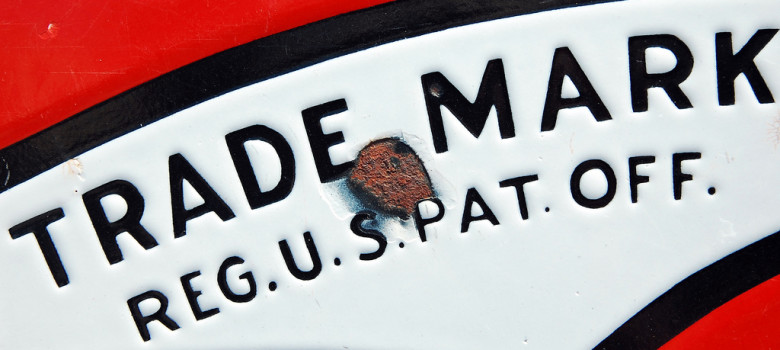The Trouble with the TPP continues with another area of intellectual property that is subject to an overhaul due to largely to the trade agreement: trademark law. The Canadian government’s summary on the issue once again understates the significance of the changes with assurances that the TPP is “in line with Canada’s existing regime” and “supports Canada’s progress to accede to the Madrid Protocol and Nice Agreement.”
The reality is that government recently passed a massive overhaul of trademark law with little consultation or debate in anticipation of the TPP requirements. In fact, government negotiators opposed some of the trademark requirements in the TPP until very late in the negotiations (including some of the Nice Agreement provisions) recognizing that it was not consistent with Canadian law at the time. The planned Canadian changes are not expected to come into force until 2018 at the earliest.
Yet even when they do, trademark experts believe that Canadian law will still not be consistent with the TPP. For example, Article 18.19 of the TPP requires that trademarks include collective marks and certification marks (certification marks need not be a separate category provided that they are protected). Neither current Canadian law nor the recent reforms address the issue, so further reforms will be needed. Moreover, there are concerns that Canadian protection for well-known marks does not meet TPP requirements, leading to further TPP-mandated amendments. The requirements have been summarized as follows:
TPP does appear to require the attention of Parliament in respect of well-known trademarks, country names, geographical indications and collective marks. It is imperative that Parliament allow for timely and open consultation on any prospective legislative change. CIPO must also allow for adequate consultation on any administrative changes it is charged with making.
With Canada already having embarked on a huge overhaul of trademark law just prior to the conclusion of the TPP that will take years to implement, it would seem that even more changes are on the horizon.
(prior posts in the series include Day 1: US Blocks Balancing Provisions, Day 2: Locking in Digital Locks, Day 3: Copyright Term Extension, Day 4: Copyright Notice and Takedown Rules, Day 5: Rights Holders “Shall” vs. Users “May”, Day 6: Price of Entry, Day 7: Patent Term Extensions, Day 8: Locking in Biologics Protection, Day 9: Limits on Medical Devices and Pharma Data Collection, Day 10: Criminalization of Trade Secret Law, Day 11: Weak Privacy Standards, Day 12: Restrictions on Data Localization Requirements, Day 13: Ban on Data Transfer Restrictions, Day 14: No U.S. Assurances for Canada on Privacy, Day 15: Weak Anti-Spam Law Standards, Day 16: Intervening in Internet Governance, Day 17: Weak E-commerce Rules, Day 18: Failure to Protect Canadian Cultural Policy, Day 19: No Canadian Side Agreement to Advance Tech Sector, Day 20: Unenforceable Net Neutrality Rules, Day 21: U.S. Requires Canadian Anti-Counterfeiting Report Card, Day 22: Expanding Border Measures Without Court Oversight, Day 23: On Signing Day, What Comes Next?, Day 24: Missing Balance on IP Border Measures, Day 25: The Treaties With the Treaty, Day 26: Why It Limits Canadian Cultural Policies, Day 27: Source Code Disclosure Confusion, Day 28: Privacy Risks from Source Code Rules, Day 29: Cultural Policy Innovation Uncertainty, Day 30: Losing Our Way on Geographical Indications)







